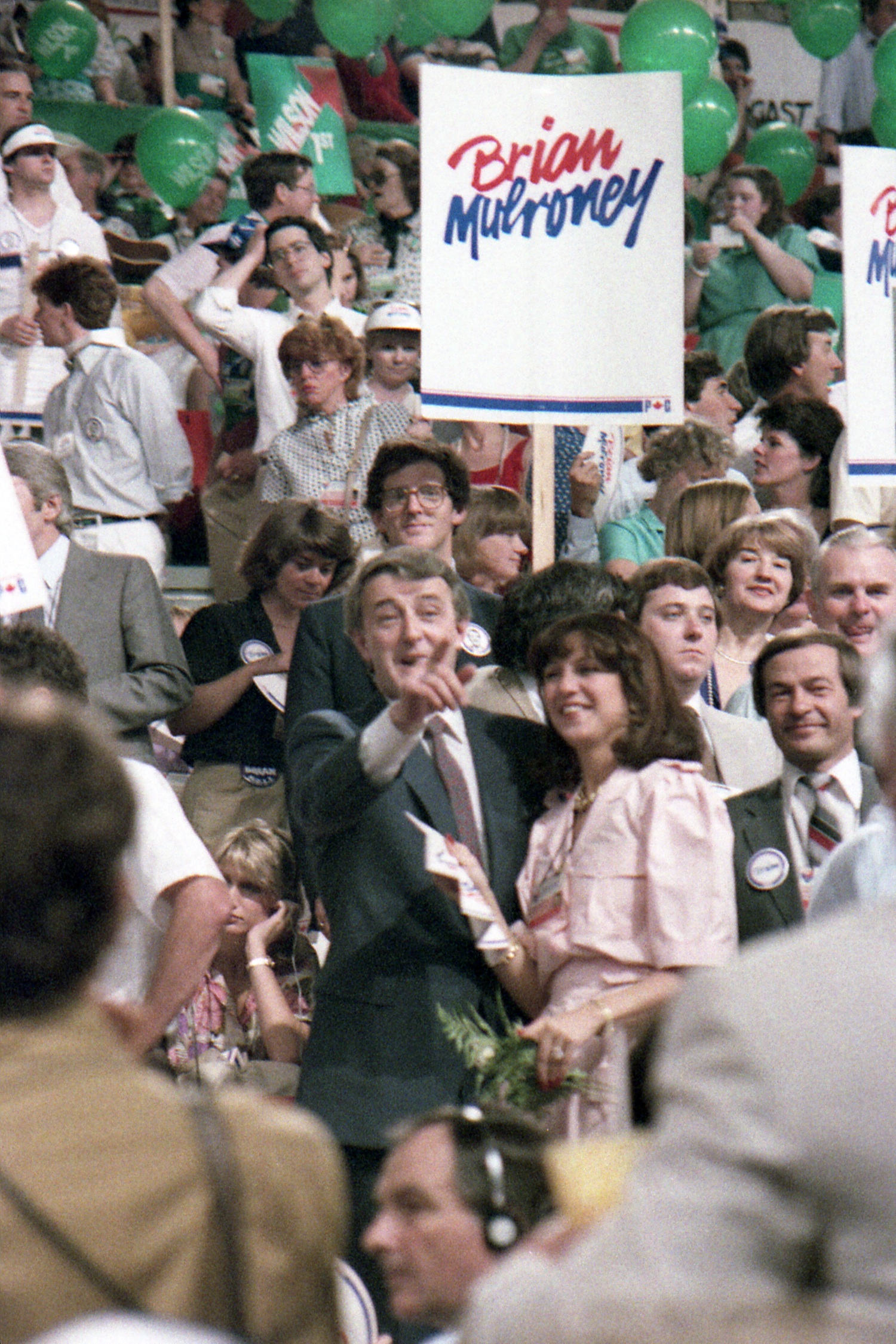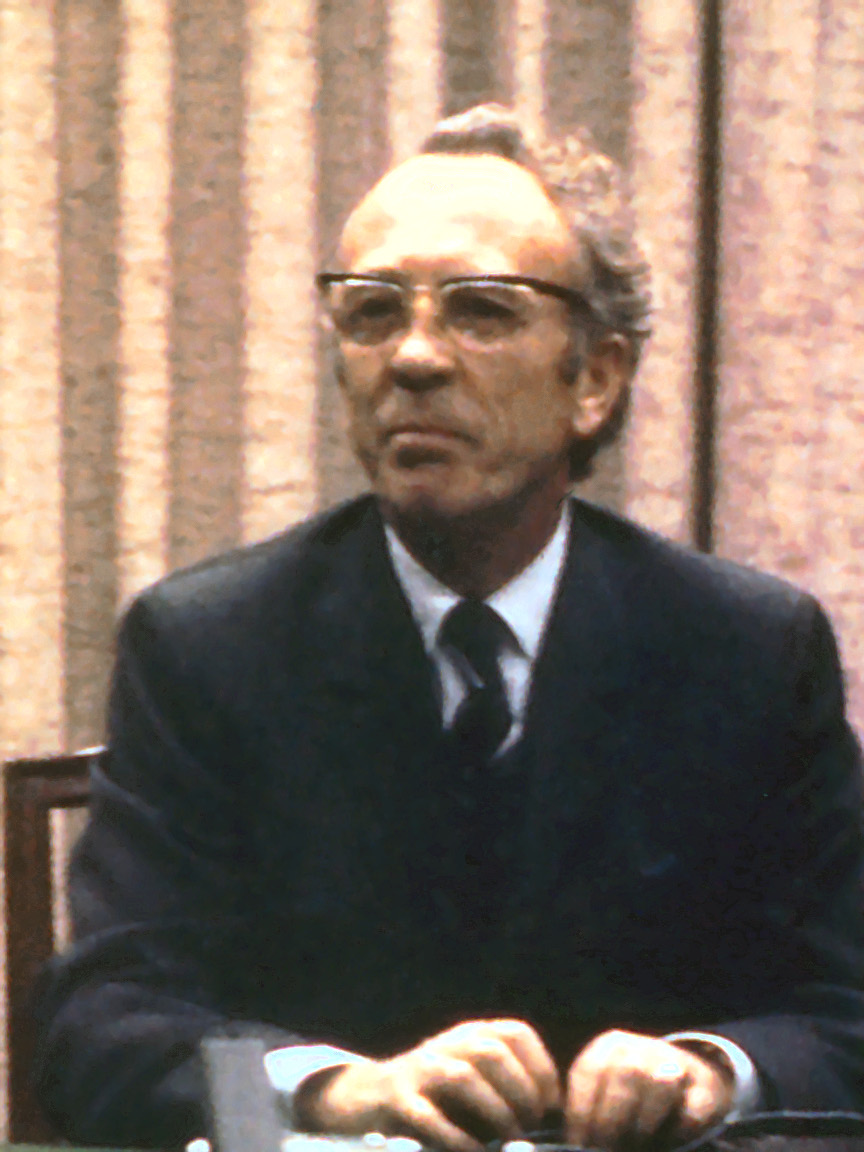|
Peace River—Westlock
Peace River—Westlock is a federal electoral district in Alberta, Canada, that has been represented in the House of Commons of Canada since 2015. Peace River—Westlock was created by the 2012 federal electoral boundaries redistribution and was legally defined in the 2013 representation order. It came into effect upon the call of the 42nd Canadian federal election, scheduled for October 19, 2015. It was created out of parts of Peace River, Fort McMurray—Athabasca, Yellowhead, and Westlock—St. Paul. Conservative Arnold Viersen, a former mechanic, has been the riding's MP since 2015. Members of Parliament This riding has elected the following members of the House of Commons of Canada: Profile This riding is a typical conservative stronghold riding. There are several ridings in Alberta that the Conservative Party of Canada realistically expects to win, and this is one of them. However, the northern portion of the riding is less strongly conservative than the rest ... [...More Info...] [...Related Items...] OR: [Wikipedia] [Google] [Baidu] |
Canadian Federal Electoral Redistribution, 2012
The federal electoral redistribution of 2012 was a redistribution of electoral districts ("ridings") in Canada following the results of the 2011 Canadian census. As a result of amendments to the Constitution Act, 1867, the number of seats in the House of Commons of Canada increased from 308 to 338. The previous electoral redistribution was in 2003. Background and previous attempts at reform Prior to 2012, the redistribution rules for increasing the number of seats in the House of Commons of Canada was governed by section 51 of the ''Constitution Act, 1867'', as last amended in 1985. As early as 2007, attempts were made to reform the calculation of how that number was determined, as the 1985 formula did not fully take into account the rapid population growth being experienced in the provinces of Alberta, British Columbia and Ontario. The revised formula, as originally presented, was estimated to have the following impact: Three successive bills were presented by the Government ... [...More Info...] [...Related Items...] OR: [Wikipedia] [Google] [Baidu] |
42nd Canadian Federal Election
The 2015 Canadian federal election held on October 19, 2015, saw the Liberal Party, led by Justin Trudeau, win 184 seats, allowing it to form a majority government with Trudeau becoming the next prime minister. The election was held to elect members to the House of Commons of the 42nd Canadian Parliament. In keeping with the maximum four year term under a 2007 amendment to the ''Canada Elections Act'', the writs of election for the 2015 election were issued by Governor General David Johnston on August 4. The ensuing campaign was one of the longest in Canadian history. It was also the first time since the 1979 election that a prime minister attempted to remain in office into a fourth consecutive Parliament and the first time since the 1980 election that someone attempted to win a fourth term of any kind as prime minister. The Liberal Party, led by Justin Trudeau, won 184 seats, allowing it to form a majority government with Trudeau becoming the next prime minister. Trudeau a ... [...More Info...] [...Related Items...] OR: [Wikipedia] [Google] [Baidu] |
Liberal Party Of Canada
The Liberal Party of Canada (french: Parti libéral du Canada, region=CA) is a federal political party in Canada. The party espouses the principles of liberalism,McCall, Christina; Stephen Clarkson"Liberal Party". ''The Canadian Encyclopedia''. and generally sits at the centre to centre-left of the Canadian political spectrum, with their rival, the Conservative Party, positioned to their right and the New Democratic Party, who at times aligned itself with the Liberals during minority governments, positioned to their left. The party is described as "big tent",PDF copy at UBC Press. practising "brokerage politics", attracting support from a broad spectrum of voters. The Liberal Party is the longest-serving and oldest active federal political party in the country, and has dominated federal |
Green Party Of Canada
The Green Party of Canada (french: Parti vert du Canada) is a federal political party in Canada, founded in 1983 with a focus on green politics. The Green Party is currently the fifth largest party in the House of Commons by seat count. It elected its first member of Parliament (MP), leader Elizabeth May, in the 2011 election, winning in the Saanich—Gulf Islands. In the 2019 election, the party expanded its caucus to three. In the 2021 election, the party fell to two seats. Elizabeth May has served as the party leader since 19 November 2022. She previously served as party leader from 2006 to 2019. The deputy leader is Jonathan Pedneault. The Green Party is founded on six principles, including ecological wisdom, non-violence, social justice, sustainability, participatory democracy, and respect for diversity. History About two months before the 1980 federal election, eleven candidates, mostly from ridings in the Atlantic provinces, issued a joint press release declarin ... [...More Info...] [...Related Items...] OR: [Wikipedia] [Google] [Baidu] |
2011 Canadian Federal Election
The 2011 Canadian federal election was held on May 2, 2011, to elect members to the House of Commons of Canada of the 41st Canadian Parliament. The writs of election for the 2011 election were issued by Governor General David Johnston on March 26. Prime Minister Stephen Harper advised the Governor General to dissolve parliament after the House of Commons passed a motion of non-confidence against the government, finding it to be in contempt of Parliament. A few days before, the three opposition parties had rejected the minority government's proposed budget. The Conservative Party remained in power, increasing its seat count from a minority to a majority government, marking the first time since 1988 that a right-of-centre party formed a majority government. The Liberal Party, sometimes dubbed the "natural governing party", was reduced to third party status for the first time as they won the fewest seats in its history, and party leader Michael Ignatieff was defeated in his ri ... [...More Info...] [...Related Items...] OR: [Wikipedia] [Google] [Baidu] |
Elections Canada
Elections Canada (french: Élections Canada)The agency operates and brands itself as Elections Canada, its legal title is Office of the Chief Electoral Officer (). is the non-partisan agency responsible for administering Canadian federal elections and referendums. Elections Canada is an office of the Parliament of Canada, and reports directly to Parliament rather than to the Government of Canada. Mandate Its responsibilities include: * Making sure that all voters have access to the electoral system * Informing citizens about the electoral system * Maintaining the National Register of Electors * Enforcing electoral legislation * Training election officers * Producing maps of electoral districts * Registering political parties, electoral district associations, and third parties that engage in election advertising * Administering the allowances paid to registered political parties * Monitoring election spending by candidates, political parties and third parties * Publishing financi ... [...More Info...] [...Related Items...] OR: [Wikipedia] [Google] [Baidu] |
Colin Krieger
Colin Krieger is the leader of the Maverick Party, a political party based in Alberta, Canada. On May 14, 2022, Maverick party members elected him as the new leader of the party. He ran in the 2021 Canadian federal election in Peace River—Westlock Peace River—Westlock is a federal electoral district in Alberta, Canada, that has been represented in the House of Commons of Canada since 2015. Peace River—Westlock was created by the 2012 federal electoral boundaries redistribution and w ..., and earned 5.5% of the vote. He has worked as a truck driver, an oilfield contractor and the owner of an oilfield paramedic service. Electoral record References {{DEFAULTSORT:Krieger, Colin Year of birth missing (living people) Living people Maverick Party politicians Leaders of political parties in Canada Western Canadian separatists ... [...More Info...] [...Related Items...] OR: [Wikipedia] [Google] [Baidu] |
Arnold Viersen
Arnold Viersen (born May 3, 1986) is a Canadian politician who was elected to represent the riding of Peace River—Westlock in the 2015 Canadian federal election. Background Viersen attended Covenant Canadian Reformed School in Neerlandia from Grade 1 through Grade 12, and currently resides near his childhood home on an acreage in Westlock County. Before entering politics, Viersen worked as a journeyman auto mechanic. He identifies as a social conservative. Career In the 42nd Canadian Parliament, Viersen served on the Indigenous and Northern Affairs Committee, and was named the Official Opposition's Deputy Critic of Rural Affairs. On December 8, 2016, Viersen's Private Member's Motion (M-47) received unanimous consent in the House of Commons. The official text of this motion reads: "That the Standing Committee on Health be instructed to examine the public health effects of the ease of access and viewing of online violent and degrading sexually explicit material on child ... [...More Info...] [...Related Items...] OR: [Wikipedia] [Google] [Baidu] |
Brian Mulroney
Martin Brian Mulroney ( ; born March 20, 1939) is a Canadian lawyer, businessman, and politician who served as the 18th prime minister of Canada from 1984 to 1993. Born in the eastern Quebec city of Baie-Comeau, Mulroney studied political science and law. He then moved to Montreal and gained prominence as a labour lawyer. After placing third in the 1976 Progressive Conservative leadership election, he was appointed president of the Iron Ore Company of Canada in 1977. He held that post until 1983, when he successfully became leader of the Progressive Conservatives. He then led the party to a landslide victory in the 1984 federal election, winning the second-largest percentage of seats in Canadian history (at 74.8 percent) and receiving over 50 percent of the popular vote. Mulroney later won a second majority government in 1988. Mulroney's tenure as prime minister was marked by the introduction of major economic reforms, such as the Canada–United States Free Trade Agreem ... [...More Info...] [...Related Items...] OR: [Wikipedia] [Google] [Baidu] |
New Democratic Party
The New Democratic Party (NDP; french: Nouveau Parti démocratique, NPD) is a federal political party in Canada. Widely described as social democratic,The party is widely described as social democratic: * * * * * * * * * * * * the party occupies the left, to centre-left on the political spectrum, sitting to the left of the Liberal Party. The party was founded in 1961 by the Co-operative Commonwealth Federation (CCF) and the Canadian Labour Congress (CLC). The federal and provincial (or territorial) level NDPs are more integrated than other political parties in Canada, and have shared membership (except for the New Democratic Party of Quebec). The NDP has never won the largest share of seats at the federal level and thus has never formed government. From 2011 to 2015, it formed the Official Opposition, but apart from that, it has been the third or fourth-largest party in the House of Commons. However, the party has held considerable influence during periods o ... [...More Info...] [...Related Items...] OR: [Wikipedia] [Google] [Baidu] |
Conservative Party Of Canada
The Conservative Party of Canada (french: Parti conservateur du Canada), colloquially known as the Tories, is a federal political party in Canada. It was formed in 2003 by the merger of the two main right-leaning parties, the Progressive Conservative Party (PC Party) and the Canadian Alliance, the latter being the successor of the Western Canadian-based Reform Party. The party sits at the centre-right to the right of the Canadian political spectrum, with their federal rival, the Liberal Party of Canada, positioned to their left. The Conservatives are defined as a "big tent" party, practising "brokerage politics" and welcoming a broad variety of members, including "Red Tories" and " Blue Tories". From Canadian Confederation in 1867 until 1942, the original Conservative Party of Canada participated in numerous governments and had multiple names. However, by 1942, the main right-wing Canadian force became known as the Progressive Conservative Party. In the 1993 federal el ... [...More Info...] [...Related Items...] OR: [Wikipedia] [Google] [Baidu] |

.jpg)


.jpg)